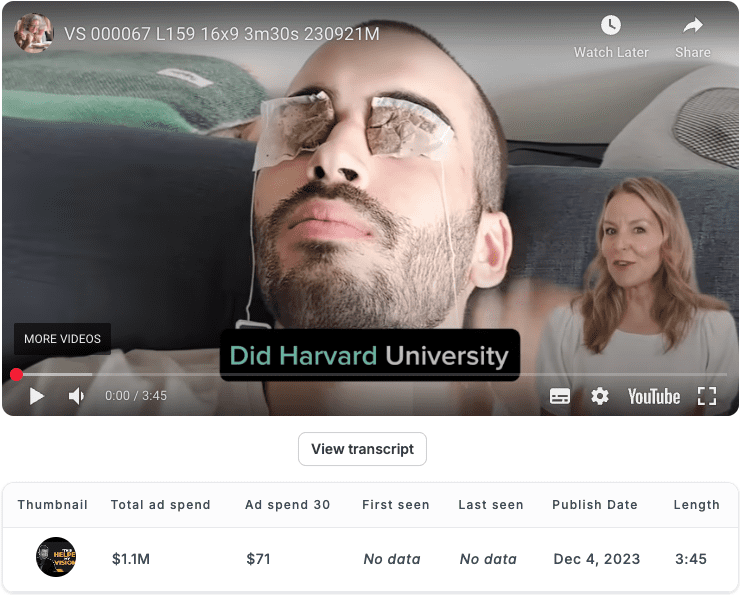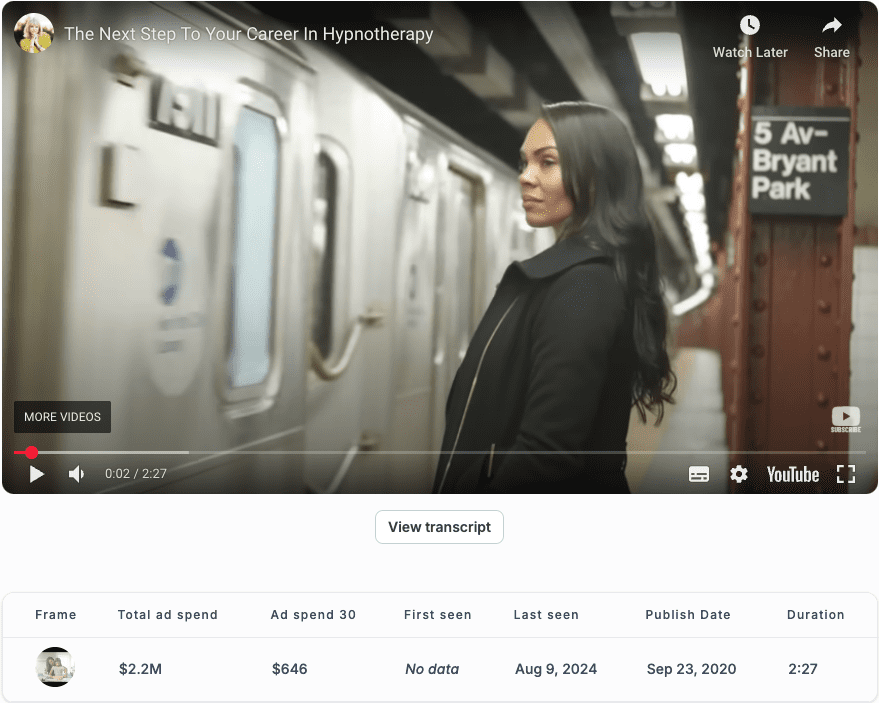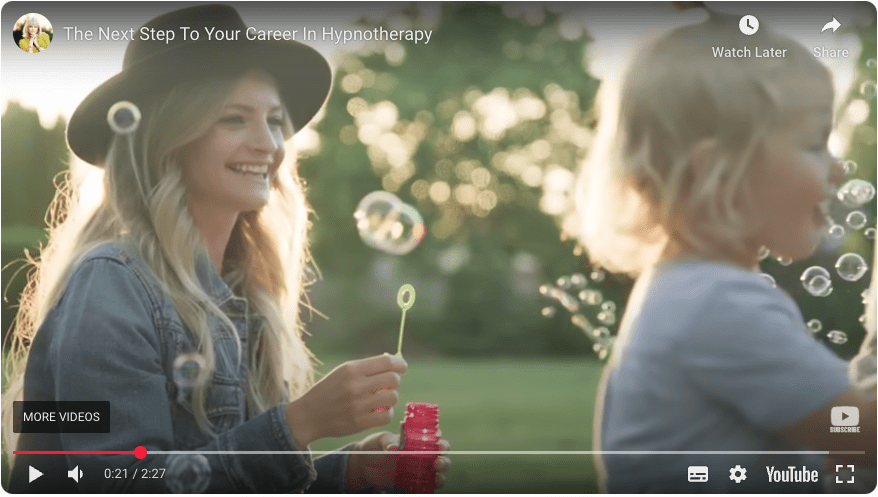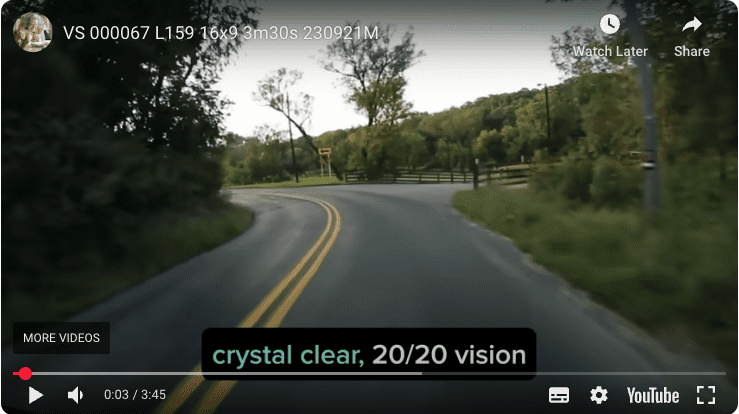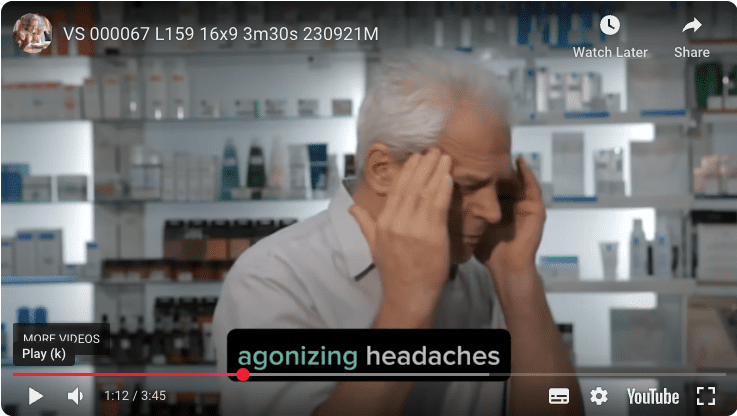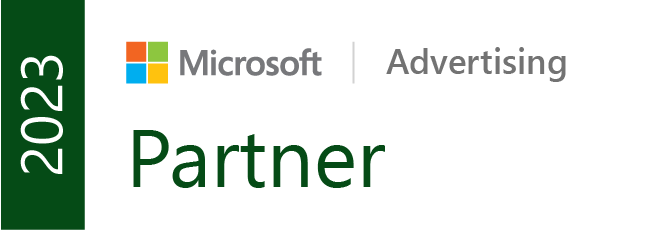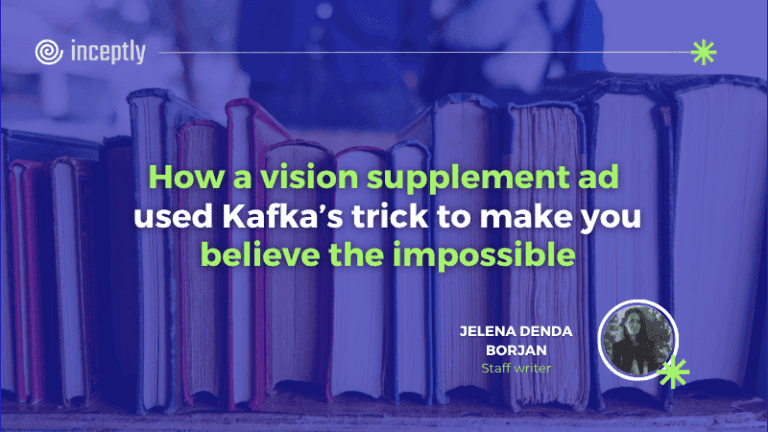
What if I told you that the secret to creating wildly successful video ads wasn’t hidden in some exclusive marketing mastermind or expensive course, but sitting on your bookshelf in the form of century-old literature?
When George Saunders analyzed the craft of legendary writers like Tolstoy, Chekhov, and Kafka in “A Swim in a Pond in the Rain,” he wasn’t just teaching literature—he was revealing the timeless principles of human persuasion. These writers didn’t achieve worldwide success and sell hundreds of millions of copies by accident. They mastered specific techniques for capturing and holding human attention.
Consider this: Leo Tolstoy sold over 400 million copies of his books. Franz Kafka created a writing style so distinctive that his name became an adjective used worldwide. Anton Chekhov wrote over 500 short stories that still captivate readers more than a century later. These writers didn’t achieve immortal success by accident—they cracked a code for capturing and holding human attention that transcends time, culture, and medium.
Now, what if I told you that three modern video ads—with a combined advertising spend of $12.9 million—are using the exact same psychological techniques that made these literary giants legendary?
I can’t argue whether the creators of these three successful ads studied “War and Peace” before creating their campaigns. They may never have read George Saunders’ brilliant analysis of the master storytellers in “Swimming in the Pond in the Rain.” Yet their ads are successful because they tap into the same timeless principles of human persuasion that Saunders decoded from the greatest minds in literature.
In the next few minutes, you’ll discover:
Why a debt relief ad uses the same “escalation technique” that made Tolstoy’s character transformations unforgettable
How a vision supplement commercial employs Kafka’s mastery of “logical impossibility” to make outrageous claims believable
The specific “character development through specification” method that Chekhov pioneered—and how it turns generic testimonials into compelling proof
Why the “Things I Couldn’t Help Noticing” principle explains exactly when and why viewers stop scrolling (and how to prevent it)
The “ruthless efficiency” filter that separates amateur copy from million-dollar messaging
More importantly, you’ll learn how to apply these century-proven techniques to your own campaigns. Because while marketing tactics change with every algorithm update, the fundamental principles of human psychology—the ones these literary masters perfected—remain constant.
The writers we’ll study have outlasted empires and influenced billions of minds. Their techniques work just as powerfully in a 60-second video ad as they do in a 600-page novel. The only question is: Will you use them before your competitors do?
Want to brainstorm with our team on new ways to scale your business with YouTube Ads (and other performance video platforms)?
Join us for a free YouTube ad brainstorming session👇
Let’s dissect how these ads use Saunders’ insights to achieve direct response gold.
1. The reader's experience: Keeping viewers glued to the screen
The million-dollar question in action
Saunders emphasized that great writing continuously asks: “What makes a reader keep reading?” These ads obsessively answer this question every few seconds, creating what he called “small jolts” that propel the audience forward.
National Debt Relief ad, the first one we used for our analysis, advertises debt management and has an estimated ad spend of 9.6 million USD. This ad hooks viewers immediately: “What’s your credit card debt balance?” Then delivers escalating revelations:
“If it’s ten thousand dollars or more…” (identifies the target)
“Could literally keep you in debt for decades” (escalates the stakes)
“10,000 dollars in debt can take anywhere from 14 to 26 years” (shocking specificity)
“And that’s just ten thousand dollars. I know many of us have a lot more” (personal acknowledgment)
Each revelation answers the viewer’s question while raising a new, more urgent one. Just like Kafka’s “The Metamorphosis” immediately fills the reader’s attention with an impossible situation, this ad fills the viewer’s mind with the impossible mathematics of minimum payments.
But this technique isn’t just for finance. The same storytelling mechanic appears in a totally different vertical, with equally compelling results.
Enter the Better Eyes ad: a vision supplement campaign with an estimated $1.1 million in ad spend.
It employs the same technique as National Debt Relief ad with its opening: “Did Harvard University just find a way to restore Crystal Clear 20/20 Vision without glasses, contacts, or surgery?” This single sentence creates multiple “jolts”:
Authority (Harvard)
Impossibility (restore vision without intervention)
Personal relevance (everyone wants better vision)
Urgency (recent discovery)
Both the National Debt Relief and Better Eyes ads hook you instantly with what we’ve called the Escalating Revelation Technique—each line raising the emotional temperature and tightening the grip on your attention.
But then comes a curveball.
Marisa Peer’s ad, a weight loss ad with an estimated ad spend of $2.2 million, flips the formula entirely. No shocking stats. No medical authority. No impossible claims up front.
Instead, it opens with a feeling—a visual and emotional shift.
“What would your life be like if you were a rapid transformational therapist?”
It’s not a statement. It’s not even about weight loss—yet. But it plants a question in your mind and leaves just enough space for you to start answering it yourself.
This ad doesn’t pull you forward with escalating revelations. It invites you forward with curiosity. Each scene offers a piece of the puzzle, and the viewer keeps watching to complete the picture. It’s subtle, experiential storytelling—and it works because it doesn’t try to out-shock you. It draws you in by making you feel like you’re discovering something personal.
The TICHN cart: Managing viewer curiosity
Saunders introduced the concept of the “Things I Couldn’t Help Noticing” (TICHN) cart—the mental container where readers store unusual or excessive elements they encounter. Great stories strategically fill this cart, then convert those excesses into virtues.
Better Eyes masterfully demonstrates this principle. The opening claim about Harvard “just finding” a vision cure fills the TICHN cart with skepticism. But instead of ignoring this natural response, the ad systematically addresses it:
Multiple authority references (Harvard, Yale, Johns Hopkins)
Specific testimonials with concrete details
The “brave doctor who was expelled” narrative that explains why this isn’t mainstream
Over 13,000 people are already using it (social proof)
Like Chekhov in “The Darling,” who made his protagonist’s excessive devotion feel authentic through careful specification, this ad makes its excessive claims believable through strategic proof stacking.
2. Ruthless efficiency principle: Every second serves the sale
The bouncer at "Club Advertisement"
Saunders advocated for ruthless efficiency—every element must justify its presence. These ads demonstrate this principle with surgical precision.
National Debt Relief structures its entire message around three numbered points, with each serving a specific function:
Problem identification and mathematical reality
Traditional solution (and its limitations)
Superior solution (their service)
Notice how even the testimonials aren’t random emotional appeals. Each serves a specific purpose:
“I was on the computer… what caught my eye was a little shield” (relatability)
“That shame left. I cried. I’m debt free” (emotional transformation)
“I had an end date” (concrete outcome)
Marisa Peer’s ad eliminates all non-essential elements. Every image in the lifestyle montage directly supports the core promise: freedom, flexibility, and financial success. Each visual specifically answers “What would your life be like?”
Specificity creates belief
Just as Tolstoy used specific psychological details to make his characters’ transformations believable, these ads use concrete specifics to make abstract promises tangible.
Better Eyes doesn’t just promise “better vision”—it promises:
“Crystal Clear 20/20 Vision”
“In as little as six seconds a day”
“From the comfort and privacy of your bathroom, kitchen counter, or living room couch”
“Over 13,000 people have already taken action.”
National Debt Relief provides exact timeframes:
“14 to 26 years to pay off”
“Over half a million people and counting”
“Don’t wait—be sure to apply before next Friday.”
Marisa Peer offers specific earning potential:
“Our graduates tend to charge anything from $250 upwards.”
Specific career niches: “children who are bullied,” “people who are infertile,” “people who have stutters or stammers”
3. Escalation: The continual system of building tension
Refusing to repeat beats
Saunders emphasized that great stories escalate continuously, never repeating the same emotional note. These ads demonstrate masterful escalation without repetition.
Better Eyes follows a perfect escalation pattern:
Problem identification (vision issues)
Problem magnification (multiple serious conditions)
Solution introduction (six-second technique)
Credibility building (Harvard research)
Social proof (testimonials)
Urgency creation (industry suppression threat)
Each section builds upon the previous without simply restating information. Like Tolstoy’s “Master and Man,” where Vasili’s character transformation happens through escalating circumstances, this ad escalates both the problem’s severity and the solution’s attractiveness.
National Debt Relief escalates through three distinct phases:
Mathematical reality (debt duration)
Traditional approach (debt snowball method)
Revolutionary solution (their program)
Meaningful action drives forward motion
Each revelation in these ads has consequences that propel the narrative forward, just as Chekhov’s characters face escalating implications from their choices.
In National Debt Relief, learning about 14-26 years of debt slavery CAUSES the need for better solutions. The inadequacy of traditional methods CAUSES the need for professional intervention. The testimonials’ transformations CAUSE urgency for the viewer to act.
Marisa Peer’s progression demonstrates causality perfectly:
A flexible schedule CAUSES a better work-life balance
High earning potential CAUSES financial freedom
Specialized niches CAUSE professional recognition and media opportunities
Training availability CAUSES immediate opportunity for viewers
4. Character development through specification
Creating believable customer personas
Just as Chekhov created unforgettable characters through increasing specification, these ads avoid generic customers and create specific, relatable individuals.
Better Eyes introduces Michael with precise details:
“Suffering with terrifying dark spots”
“Agonizing headaches and blurry vision even with his glasses on”
Specific diagnosis: “early signs of glaucoma”
Exact surgical procedure: “trabeculectomy”
Graphic surgical description: “The surgeon would cut a flap in the white part of his eye.”
This isn’t generic testimonial language—it’s character development worthy of Chekhov. We know exactly who Michael is and why his transformation matters.
National Debt Relief creates character through emotional specificity:
The shame and crying (“that shame left, I cried”)
The disbelief (“I was still in disbelief about it”)
The relationship improvement (“My relationship is much better now”)
The stress relief (“there is this entire stress that is completely gone”)
"Which particular person is this?"
Following Saunders’ guidance to answer “which particular person is this?” with increasing specificity, these ads create individuals rather than demographics.
Marisa Peer’s graduates aren’t just “successful therapists”—they’re:
“People with their own radio show, their own newspaper column”
“Andrea was on the BBC talking about how she specializes in infertility.”
Those “writing books, writing blogs, going on the radio, going on television”
Specialists in “children who are bullied at school, or people who are infertile, or people who are burnt out”
5. Voice and tone: Finding the brand's authentic sound
Each ad's distinct personality
Just as Kafka developed a tone so distinctive it became an adjective (“Kafkaesque”), each ad maintains a consistent, authentic voice throughout.
National Debt Relief adopts the voice of a helpful, knowledgeable friend:
“Here are three easy solutions you can start implementing today.”
“I know many of us have a lot more than that.”
“You’ll be glad you did.”
This isn’t corporate speak—it’s conversational expertise, like having a financially savvy friend explain your options.
Better Eyes channels urgent, conspiratorial authority:
“Stop everything you’re doing, block out any distractions.”
“The eye care industry has been profiting from your vision loss for far too long.”
“Before the eye care industry removes it for good.”
The voice feels like a whistleblower sharing forbidden knowledge, creating intimacy through shared opposition to “big eye care.”
Marisa Peer embodies aspirational mentorship:
“So I can give you a glimpse into that life now.”
“This is an exciting, rewarding, extraordinary, phenomenal career.”
“I can’t wait to see you and show you.”
Following the voice
Saunders advised writers to “follow the voice” when it emerges authentically. These ads demonstrate an unwavering commitment to their chosen voice, never breaking character or adopting inconsistent tones.
6. Structure as answer: Responding to viewer questions
Creating questions early
Following Saunders’ principle that structure should answer questions the story creates, these ads immediately raise specific questions in viewers’ minds.
National Debt Relief opens with: “What’s your credit card debt balance?” This isn’t rhetorical—it’s an active question that makes viewers mentally engage and self-identify.
Better Eyes asks: “Did Harvard University just find a way to restore Crystal Clear 20/20 Vision?” Again, this forces active mental participation.
Better Eyes asks: “Did Harvard University just find a way to restore Crystal Clear 20/20 Vision?” Again, this forces active mental participation.
Marisa Peer poses: “What would your life be like if you were a rapid transformational therapist?” The entire ad becomes an extended answer to this question.
Organizational schemes that satisfy
Each ad employs a clear structural framework that methodically addresses the questions it raises:
National Debt Relief uses the classic three-part structure:
Problem (debt mathematics)
Partial solution (debt snowball)
Complete solution (their program)
Better Eyes follows the problem-agitation-solution:
Problem identification (vision issues)
Agitation (multiple conditions, industry conspiracy)
Solution (six-second technique)
Marisa Peer structures around lifestyle transformation:
Lifestyle benefits (flexibility, income)
Career advancement (media, books, specialization)
Opportunity access (training availability)
7. The forehead meter: Reading viewer reactions
Tracking engagement moments
Saunders emphasized reading your own work like a first-time reader, tracking where attention flags. These ads demonstrate a sophisticated understanding of viewer psychology, providing “gas stations” of renewed interest exactly when attention might wane.
Better Eyes strategically places engagement boosters:
Authority references when claims seem too good to be true
Specific testimonials when skepticism peaks
Urgency warnings when decision-making stalls
National Debt Relief provides emotional relief through testimonials, especially when the mathematical reality becomes overwhelming. The crying, the disbelief, the relationship improvements—these emotional moments re-engage viewers who might be feeling defeated by the debt statistics.
Converting potential negatives
Like great literary works that acknowledge their excesses and convert them to virtues, these ads anticipate skepticism and address it directly.
Better Eyes knows its claims sound impossible, so it:
Acknowledges the “too good to be true” response
Explains why mainstream medicine doesn’t know about it
Provides multiple authority sources
Creates urgency around potential suppression
National Debt Relief understands debt shame, so it:
Makes the problem universal (“many of us have a lot more”)
Shows emotional transformation in testimonials
Eliminates judgment from the process
Focuses on practical solutions rather than blame
The timeless craft behind modern success
These three ads succeeded—to the tune of nearly $13 million in estimated spend—not because they followed modern marketing formulas, but because they intuitively grasped the same human truths that made writers like Tolstoy, Chekhov, and Kafka immortal.
They understand that humans are story-seeking creatures who need:
Continuous engagement (the million-dollar question)
Logical progression (escalation without repetition)
Believable characters (specification over generalization)
Authentic voice (consistent personality)
Structural satisfaction (questions answered)
Emotional resonance (forehead meter awareness)
The techniques Saunders identified in literary masters—ruthless efficiency, causality, character development, voice consistency—aren’t just writing principles. They’re human psychology principles. Whether you’re crafting a short story or a sales video, you’re working with the same fundamental challenge: keeping another human being’s attention long enough to create meaningful change.
For direct response marketers, this represents a profound opportunity. Instead of studying only marketing tactics, study the masters of human attention—the writers whose work has captivated millions across centuries. Their techniques, filtered through Saunders’ analytical framework, provide a blueprint for creating not just successful ads, but memorable, effective communication that moves people to action.
The next time you craft a sales message, ask yourself: Would Chekhov approve of this character development? Does this escalate like Tolstoy’s best work? Is every element as purposeful as Kafka’s precise nightmare logic?
Your conversion rates—and your craft—will thank you.
Want to brainstorm with our team on new ways to scale your business with YouTube Ads (and other performance video platforms)?
Join us for a free YouTube ad brainstorming session👇
Want more content like this?
Don’t miss out on the latest news and updates from the world of Direct Response advertising! Subscribe to our newsletter today 👇

Jelena Denda Borjan, Staff Writer
Drawing from her background in investigative journalism, Jelena has an exceptional ability to delve into any subject, no matter how complex, dig deep, and present information in a clear and accessible manner that empowers readers to grasp even the most intricate concepts with ease.
Like this post? Let's continue the conversation!
Get in touch with us by shooting us a quick email or tagging us on LinkedIn or Instagram, and sharing your thoughts. Your feedback helps us keep our blog relevant and interesting.
Get Our Newsletter
Need Help?
Get in touch with us for an insightful evaluation of your ads + actionable tips to help amp up your direct response revenue



